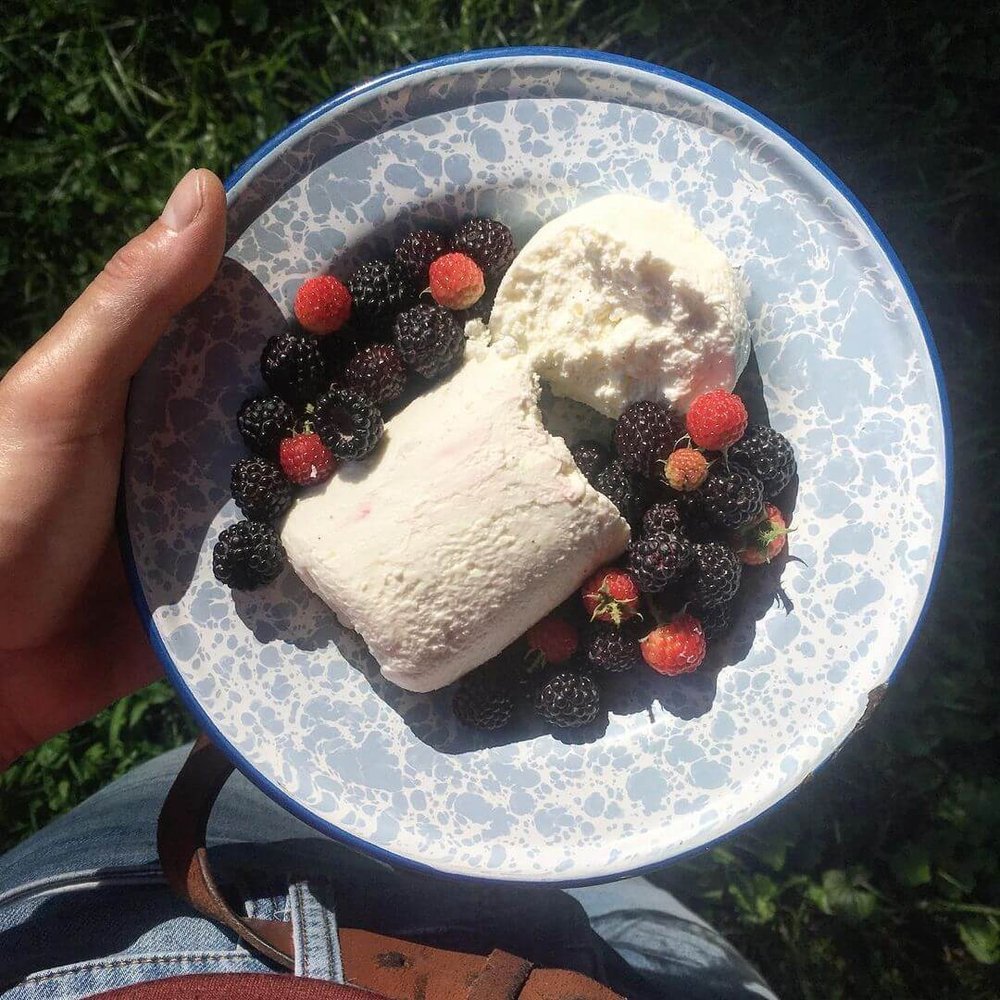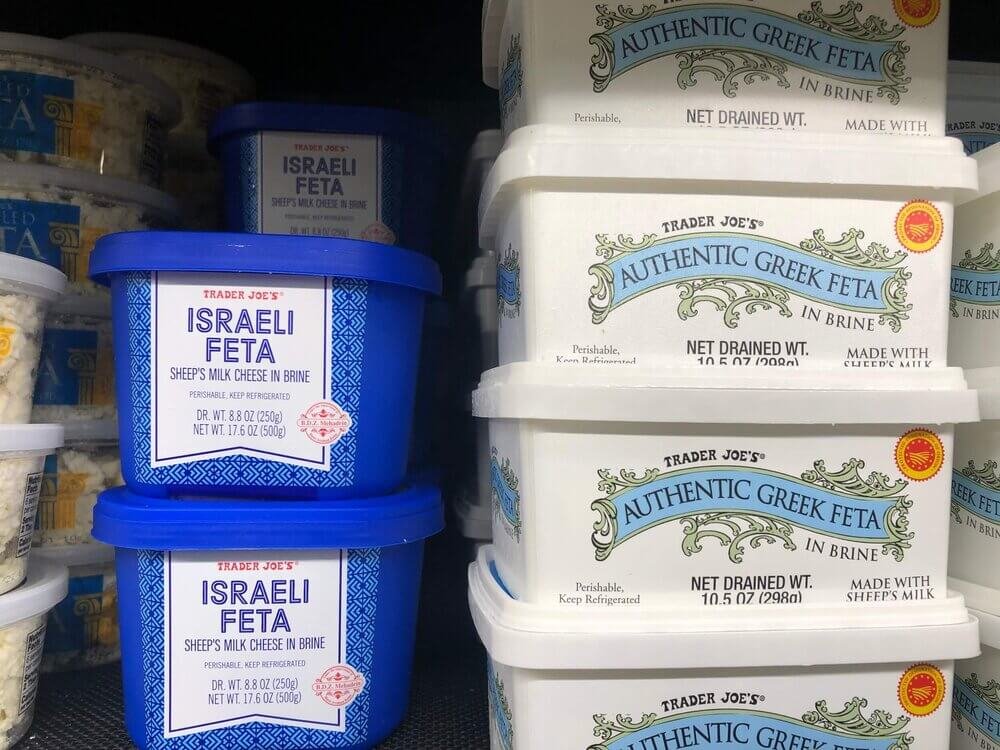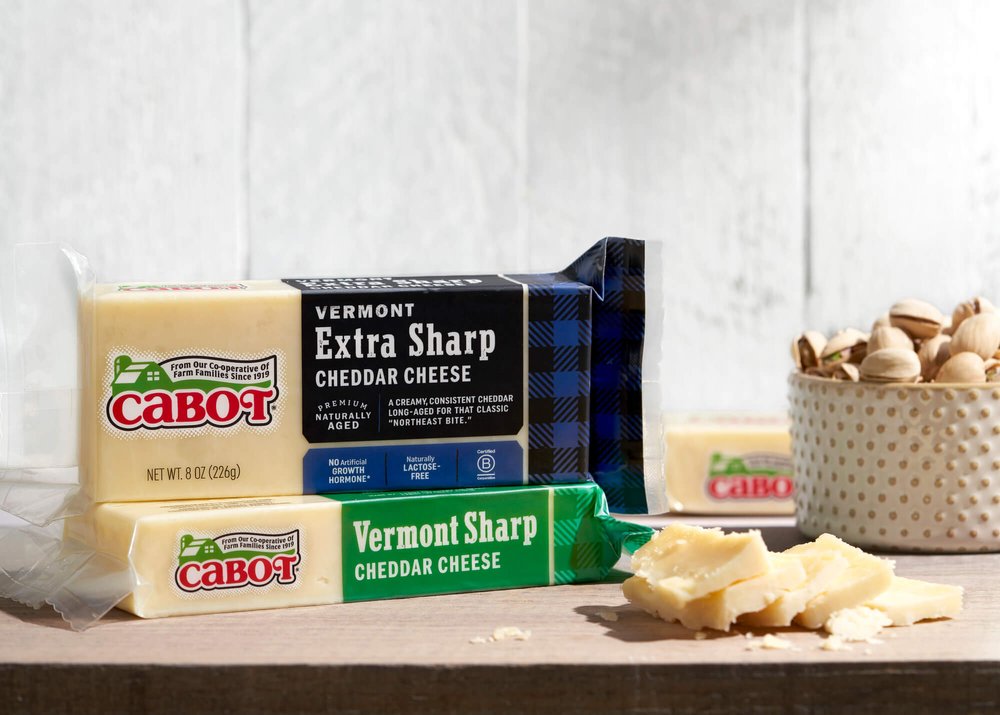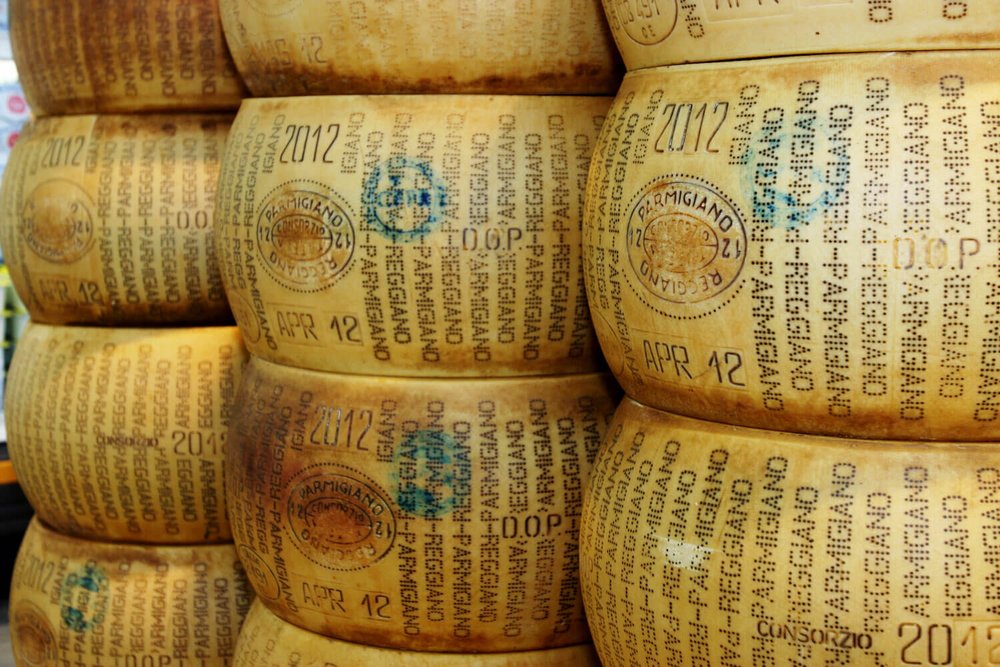Editor’s note: We asked contributor Alexandra Jones, a cheesemonger, writer and author of Stuff Every Cheese Lover Should Know to tell us her go-to cheeses.
When it comes to feeding my household of two, I tend towards a sort of controlled chaos. While my partner and I lean on a lot of basic fridge and pantry staples, weekly trips to the food co-op and farmers’ market are driven by my whims as much as what’s in season and what we actually need. After gathering all the goods that strike my fancy, I meal plan based on what’s new and what’s getting old in my fridge—a habit I developed over years of dreaming up dishes from the contents of CSA deliveries.
Having a nice variety of cheeses in stock makes this process much easier. In addition to the relatively long shelf of many styles, cheese can go just about anywhere on a menu. And when I don’t feel like cooking, cheese board dinner is a lifesaver. Here are the five cheeses I always have on hand in my fridge.

Fromage Blanc or Cream Cheese
Mild, milky, soft, and spreadable, fresh cheeses are some of the most versatile styles out there. They complement just about everything: fresh berries, cucumber slices, seared mushrooms, roasted squash. Spread them on your carb of choice, stir them into sweets and cakes, turn them into filling for breads and baked goods.
Labneh, quark, fromage blanc, chevre, and even humble American cream cheese can fill this role. The latter is the go-to in my kitchen—when we’re out of bagels, my partner spreads it on toast and Triscuits—but fromage blanc might be my favorite.
I’m partial to airy, buttery Clover, a fromage blanc made with organic cow’s milk by Valley Milkhouse in southeastern Pennsylvania, but when I can’t get that, the local fresh cheese of the region or a trusty block of Organic Valley cream cheese will do.
Feta photo credit Amy Sherman
Feta in Brine
Confession: I love salt. Therefore, I love feta. A quality block of feta in brine—skip the containers of dusty crumbles if at all possible—is one of life’s great pleasures, tender and rich and delicately crumbly. If I thought the ensuing heartburn would ever end, I’d eat an entire block with a knife and fork.
Feta is good on or in just about everything: salads, pastas, cheesy baked casseroles, stuffed vegetables, burgers, pastries, omelets. Bake it with honey and dive in with crusty bread, blend it with yogurt and herbs for a versatile dip or dressing, save the brine to use in salad dressings or to season soups.
I often end up buying my feta at Trader Joe’s (the blue and white tub of Authentic Greek Feta), but your best bet is to hit up your local Middle Eastern or Eastern European market and try some of their feta in brine—if you’ve only had the domestic, cow’s milk (meaning not technically feta) stuff, it’ll change how you think about this cheese.

Extra-Sharp Cheddar
I’m sure I’ve eaten more extra-sharp cheddar than any other cheese in my life by far.
Purely based on volume, this is the most popular cheese in my fridge. My partner’s people are Vermonters, so we go for Cabot Extra-Sharp Cheddar—the big, black-wrapped block when we can find it.
Bitey and acidic yet balanced with savory punch and a hint of sweet, we use it for everything from snacks (snuggled between stoned wheat thins and garlic dills) to sandwiches hot and cold to zhuzhing up a pot of Annie’s mac and cheese with frozen peas when we don’t feel like doing any actual cooking.

Parmesan
Whether it comes from a wheel expertly cracked by a cheesemonger or via a green-topped plastic shaker, I love hard, salty grating cheese in all its forms. Any bowl of pasta or risotto I consume gets at least two long sessions under the microplane to keep the umami quotient high all the way to the last bite.
But parmesan is good for so much more than pasta. You can bake it into crunchy crisps, shave it over a zingy salad, grate it over popcorn, or pair it with high-end ingredients on a cheese plate. Even the pricey stuff can be economical: Using a fine rasp grater or Microplane will maximize the surface area of each feathery curl you grate onto your food, ensuring you get the most bang for your flavor buck. You can also save parm rinds in your freezer to add oomph to soups and broths (just wrap ‘em in foil or seal in a baggie to protect from freezer burn).
As for brands, I’m honestly agnostic: if I need something to go with dry pasta and jarred sauce on a lazy weeknight, shakey cheese it is. But when I’m at a co-op, specialty grocer, or cheese shop, I’ll reach for the real stuff.
Birchrun and Valley Milkhouse cheeses. Photo credit Alexandra Jones
Something Special
I keep the previous four cheeses around because they’re workhorses in the kitchen—versatile styles that can multitask as well as serve their specific purposes—and, with the exception of cream cheese, they last for weeks or longer.
But it’s important to keep space in my cheese drawer for a rotating selection of artisan cheeses, be they rugged raw milk wedges from a local farm, a toffeelike goat Gouda, or a plush, buttery bloomy rind. This wildcard cheese makes the perfect centerpiece in a date-night-in cheese board for two (or a luxe work-from-home lunch for one). Plus, I’m always intrigued by new artisan cheeses, and keeping one on hand at all times is a great way to manage my habit.
Of course, specialty cheeses can be put to use in your cooking, too. You can use whatever varieties you keep around to add richness to a salad or sandwich, flavor a velvety cream sauce, or, in the case of unmeltable varieties like halloumi and bread cheese, stand-in for meat with a quick, high-heat sear.
